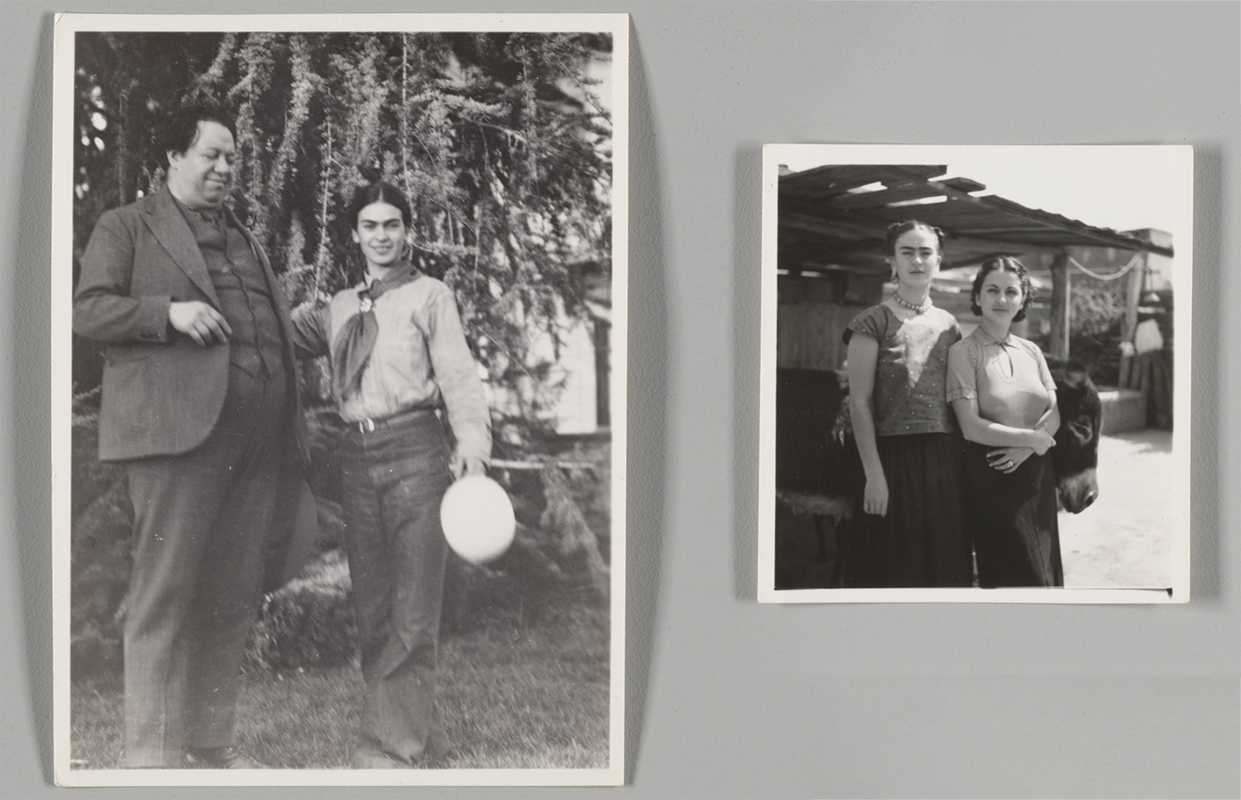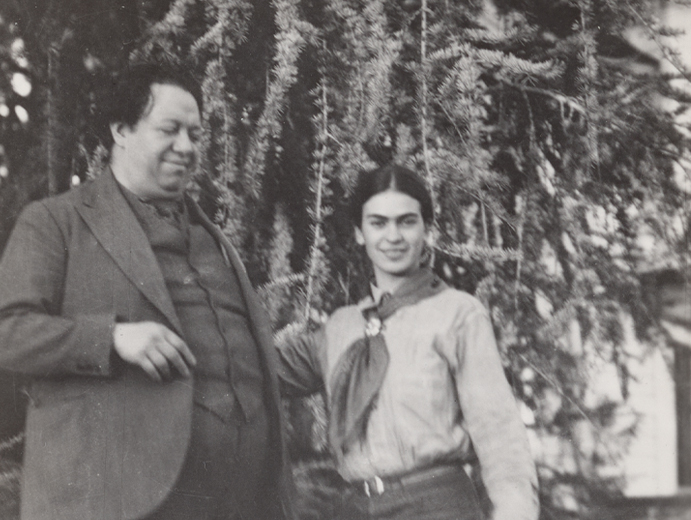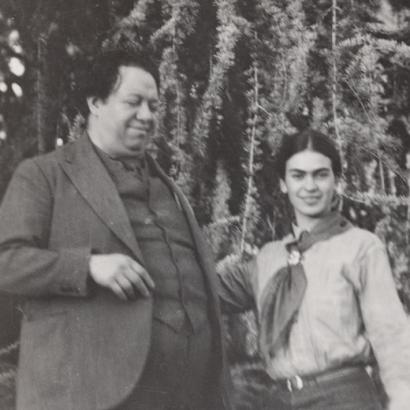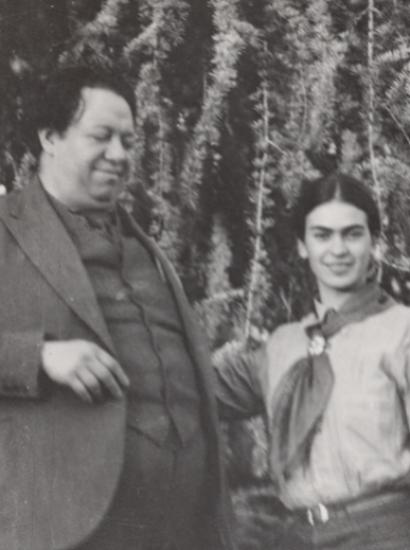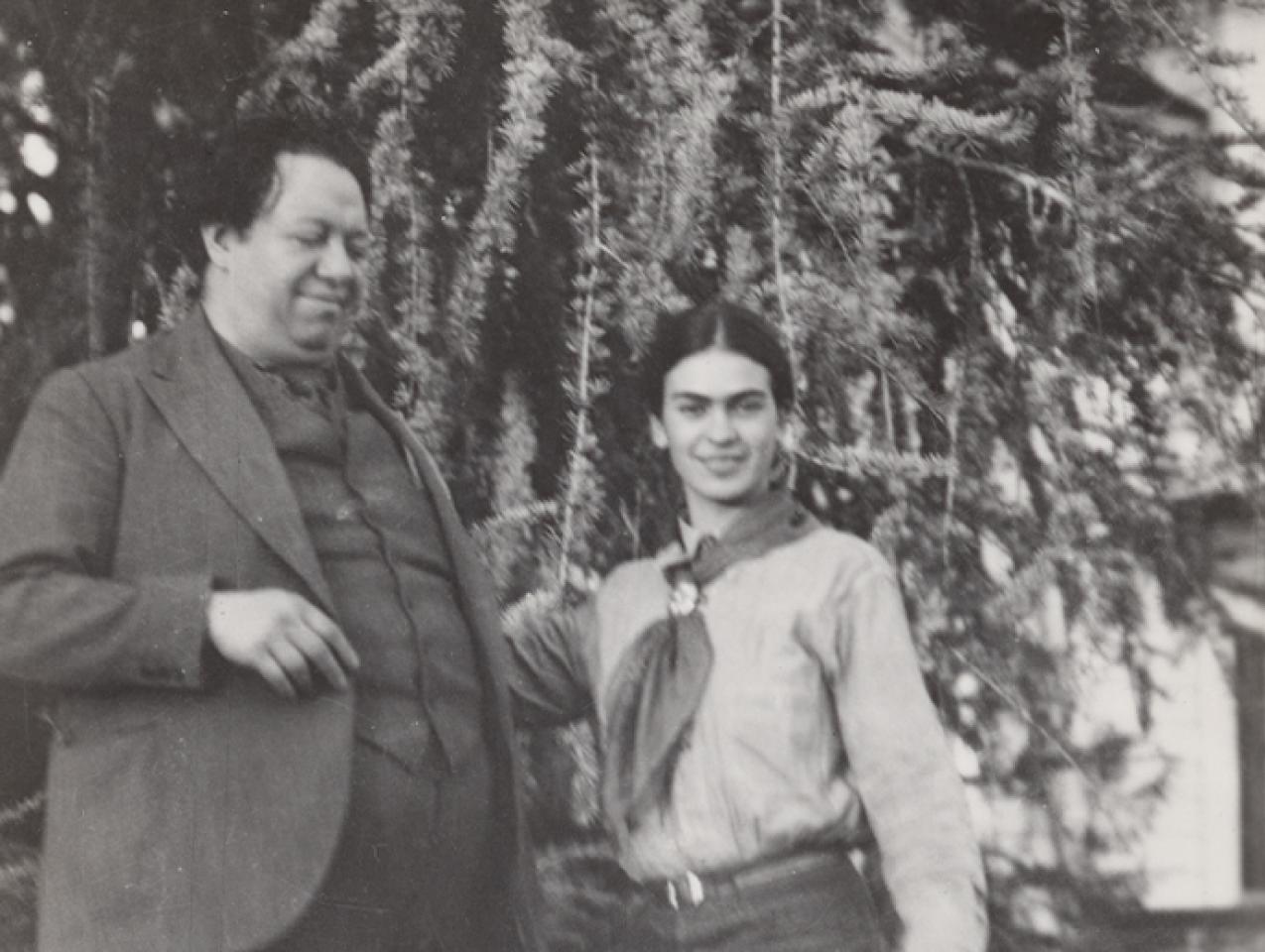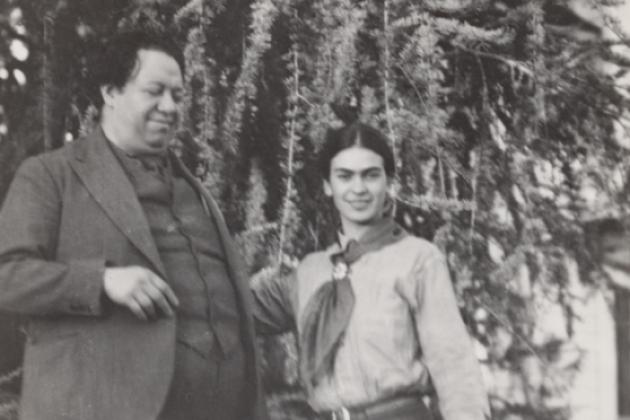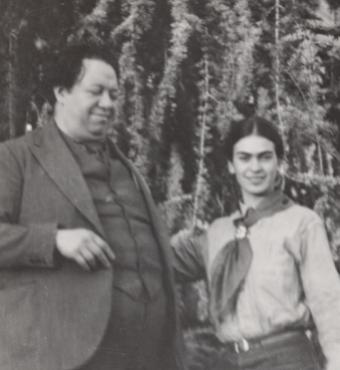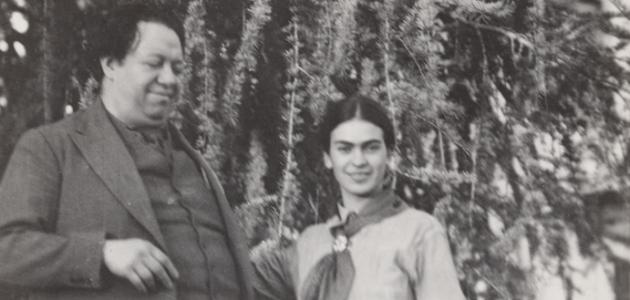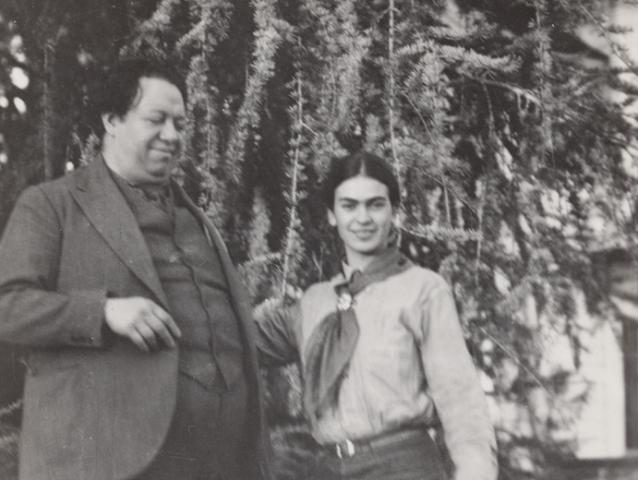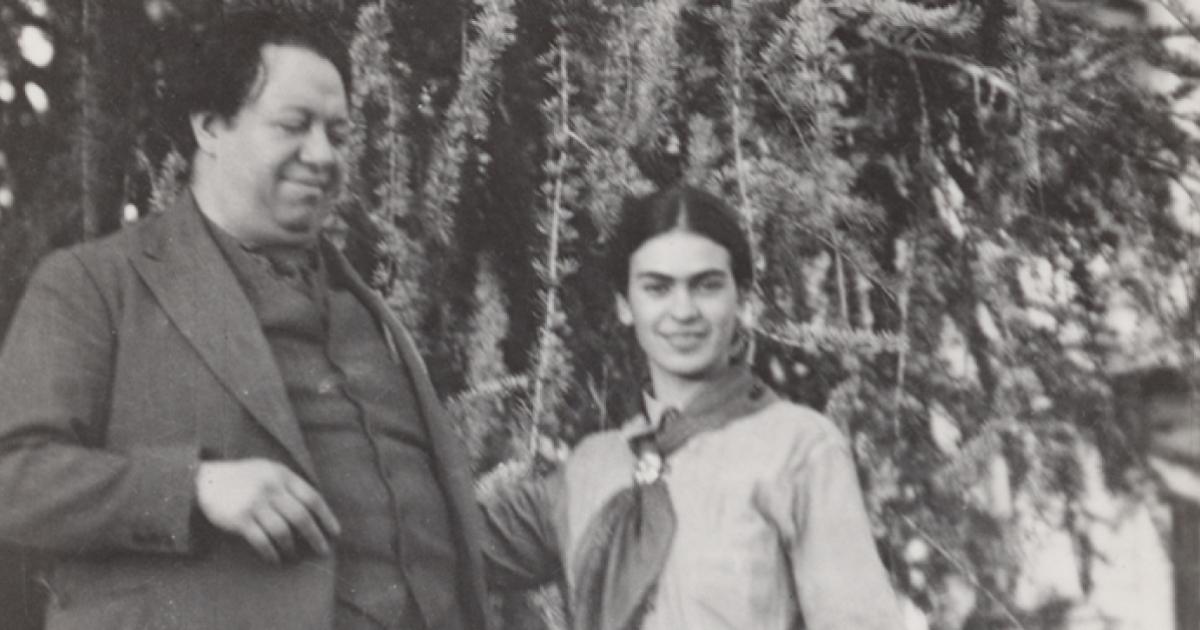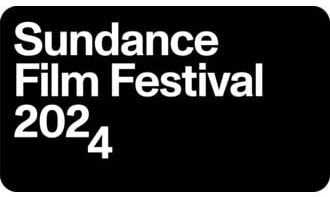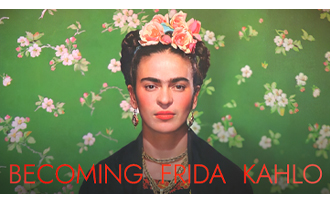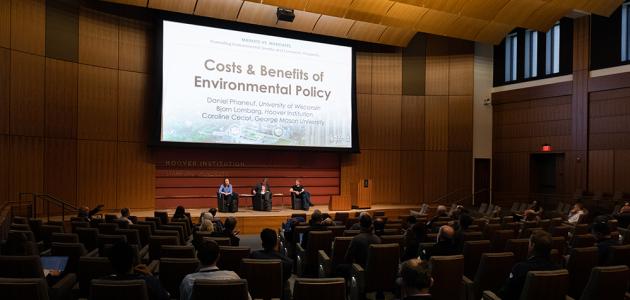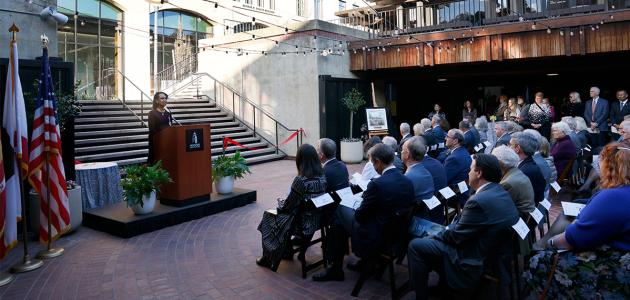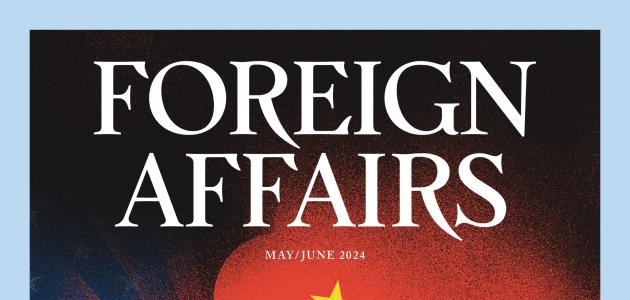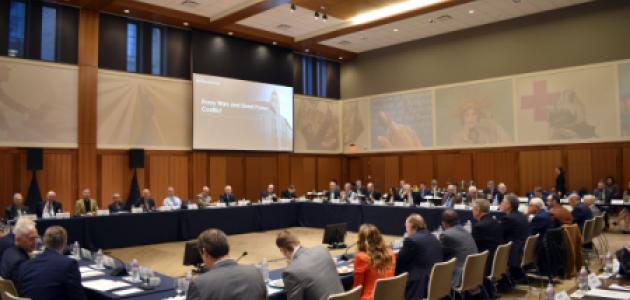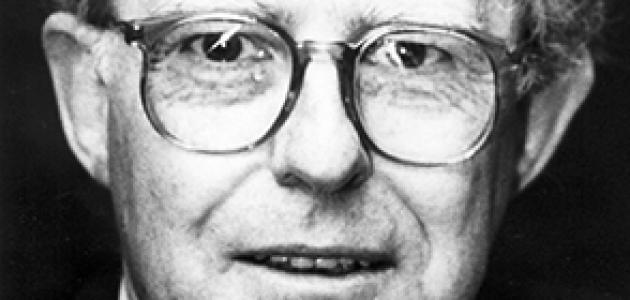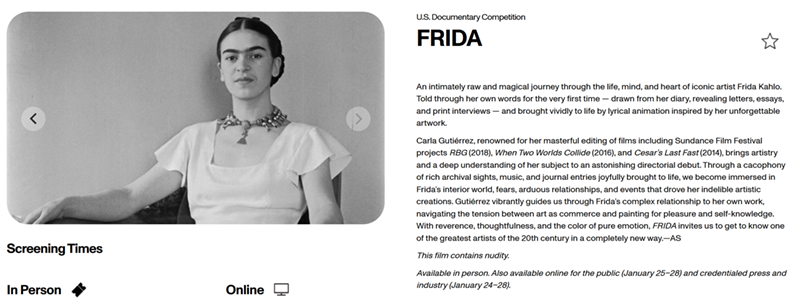
Frida, a new documentary about painter Frida Kahlo premiering this week at the 2024 Sundance Film Festival, drew on the collections and staff expertise of the Hoover Institution Library & Archives. The film tells Kahlo's story through her own words, quoting her letters, diaries, and other writings, using animation inspired by her artworks, and incorporating rare photographs and motion picture film.

Frida includes unique film footage taken by Ivan Heisler, an American photographer, at the Blue House, Frida Kahlo's home in Coyoacán, at the time a suburb of Mexico City. Kahlo grew up in the house, a one-story blue stucco building arranged in a U-shape around a spacious garden patio, and muralist Diego Rivera bought it from her parents after he married her. (The neighbors called it the Casa Azul, the Blue House, the name Diego and Frida later gave to it.) The couple had since moved to San Angel, a few miles away, and in January 1937 they arranged for the exiled Russian revolutionary Leon Trotsky and his wife Natalia to occupy the house temporarily. It was the presence of the celebrity exile Trotsky that drew Heisler and his camera into the spacious garden patio of the Blue House. Heisler's camera follows the Trotskys and their hosts as they chat and wander through the patio filled with plants and flowers and pre-Columbian sculptures.
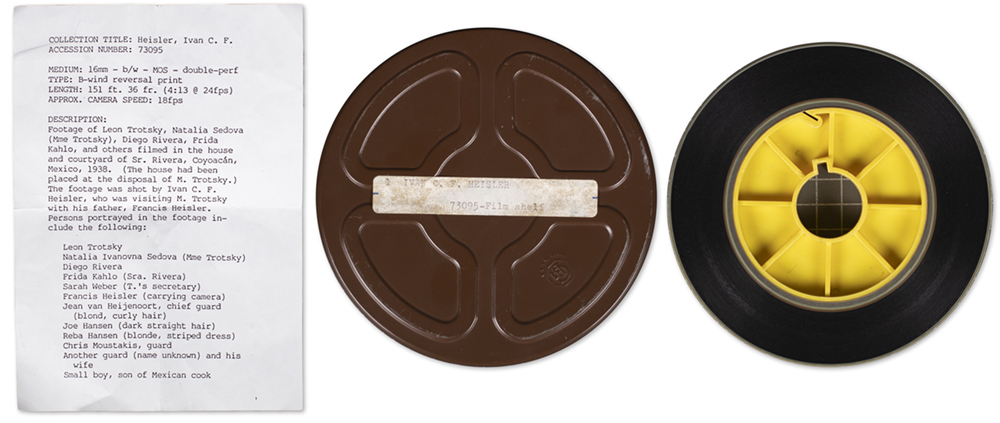
The Hoover Library & Archives acquired the Heisler film in 1973. At the time, Diego Rivera was a world-famous muralist while Kahlo, typically identified as his artist-wife, stood in his shadow. In the fifty years since, Frida's artistic reputation has risen to the point where she now overshadows Rivera. Some of the Heisler footage was used earlier this year in the three-part PBS documentary Becoming Frida Kahlo.
The quality of the Heisler film footage—essentially a home movie shot many decades ago—greatly benefited from the utilization of recent technological advancements. In coordination with the Frida's producers and the Heisler family, the Library & Archives worked diligently to reformat the film to 4K video—meaning video containing four times more pixels than the traditional Full HD video—and turn it around in time to meet the submission deadline for the Sundance Festival. The improved quality of the film—the additional detail visible in each frame—is observable in these before-and-after comparison shots. This week's Sundance screening of Frida is the debut showing of this improved footage.

Frida also draws on photographs from the Bertram D. Wolfe papers at the Hoover Institution Library & Archives. Wolfe was a Brooklyn-born American communist who became Diego Rivera's comrade, friend, and biographer. Wolfe, a pioneer of Sovietology, was named a senior research fellow at Hoover in 1965. He was the author of scholarly books on communism, notably his 1948 classic, Three Who Made a Revolution, a collective biography of Lenin, Trotsky, and Stalin that he researched at the Hoover Library & Archives. Wolfe's papers hold rare photos of Frida and Diego, three of which are seen in the documentary, including one of Frida standing alongside her sister, Cristina.
